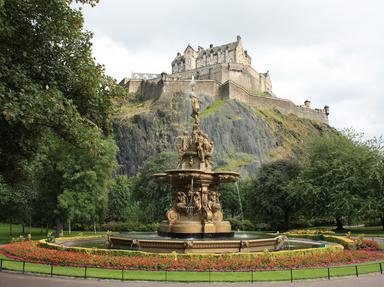Quiz Answer Key and Fun Facts
1. How old was Mary when she became Queen of Scots?
2. Where was Mary's father, James V of Scotland, when he heard the news of her birth?
3. What were the names of Mary's full brothers?
4. In 1558 Mary married the Dauphin Francois, son of the French king. Who then became her father-in-law?
5. What was the name of the Catholic cardinal murdered during Mary's reign?
6. Which of her half-brothers did Mary make Earl of Moray?
7. Mary had four famous ladies-in-waiting, known as the Four Maries. Which of the following was not one of them?
8. What nationality was Mary's confidant, David Rizzio?
9. Mary bestowed the title of king upon her second husband, Lord Darnley.
10. Mary visited Darnley at Kirk o' Fields shortly before his murder. What illness was he recovering from at the time?
11. After what battle did Mary surrender to the rebel lords?
12. From where did Mary escape in 1568 in a bid to regain her throne?
13. Who orchestrated the Babington Plot which led to Mary's execution?
14. Where was Mary executed?
15. Where is Mary buried?
Source: Author
alan03
This quiz was reviewed by FunTrivia editor
fringe before going online.
Any errors found in FunTrivia content are routinely corrected through our feedback system.

